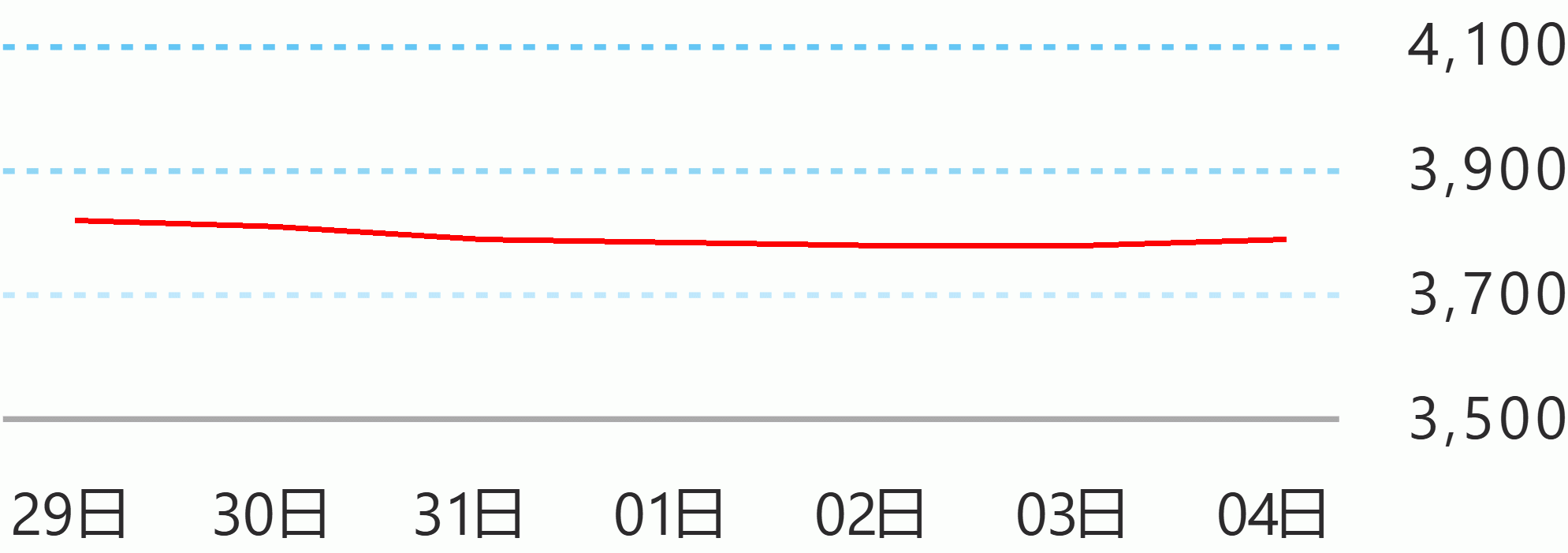The United States Indo-Pacific Command (USINDOPACOM) believes Abu Sayyaf leader Hatib Sawadjaan serves as acting emir of Islamic State of Iraq and Syria (ISIS) in the Philippines.
According to the Department of Defense (DoD) Inspector General report to the United States Congress, it said ISIS in the Philippines “remain active despite organizational weakness.”
“This quarter (October 1 to December 31, 2018), USINDOPACOM reported that it had no update on the status of an ISIS-P emir, but it still believed Hatib Sawadjaan, an Abu Sayyaf Group (ASG) sub-unit commander, was the acting emir,” the report noted.
“USINDOPACOM reported that ISIS-Core did not confirm an emir and that it was not clear what ties Sawadjaan had with ISIS-Core,” it added.
This as the Department of Interior and Local Government (DILG) Secretary Eduardo Ano confirmed Sawadjaan is now the leader of the ISIS inspired group in Mindanao.
“Before it was Abu Dar who is the candidate, Now it is Sawadjaan who is overall, ISIS Mindanao is their terminology but after Marawi crisis that was disbanded, but the leader that was recognized now is Sawadjaan, Hatib Hajan,” he said.
However, Ano noted that Sawadjaan did not replace Isnilon Hapilon, who died in the 2017 Marawi siege, as the emir of ISIS in Southeast Asia.
“He did not pledge allegiance to ISIS, he remain a traditional Abu Sayyaf, but after the death of Hapilon and they look for a new leader, it was Sawadjaan…” he said.
“If I’m not mistaken maybe it’s around third quarter last year,” he said when asked when Sawadjaan became ISIS leader in the country.
The DOD Inspector General report noted that during the last quarter of 2018 there were no “unified leader of ISIS-P was recognized by the extremist groups in the Philippines or ISIS-Core.”
“Regarding ISIS-P funding, USINDOPACOM reported that there was no change in the amount of funding provided by ISIS-Core this quarter and that any funds received by ISIS-P were not substantial,” the report stated.
“This assessment was based on lack of evidence that ISIS-P had increased its recruitment, local network, or lethal capabilities by any significant degree during the quarter,” it noted.
“USINDOPACOM reported that during the quarter it had no evidence of a direct relationship between ISIS-Core and ISIS-P, and that the death and imprisonment of key ISIS-P individuals following the October 2017 conclusion of the Marawi siege “fractured the relationship,”” it added.
The report also mentioned that USINDOPACOM “continues to monitor for indicators that ISIS-P and ISIS-Core have re-established direct relations.” Robina Asido/DMS





 English
English









